Home>Gardening & Outdoor>Landscaping Ideas>How To Stretch Artificial Grass
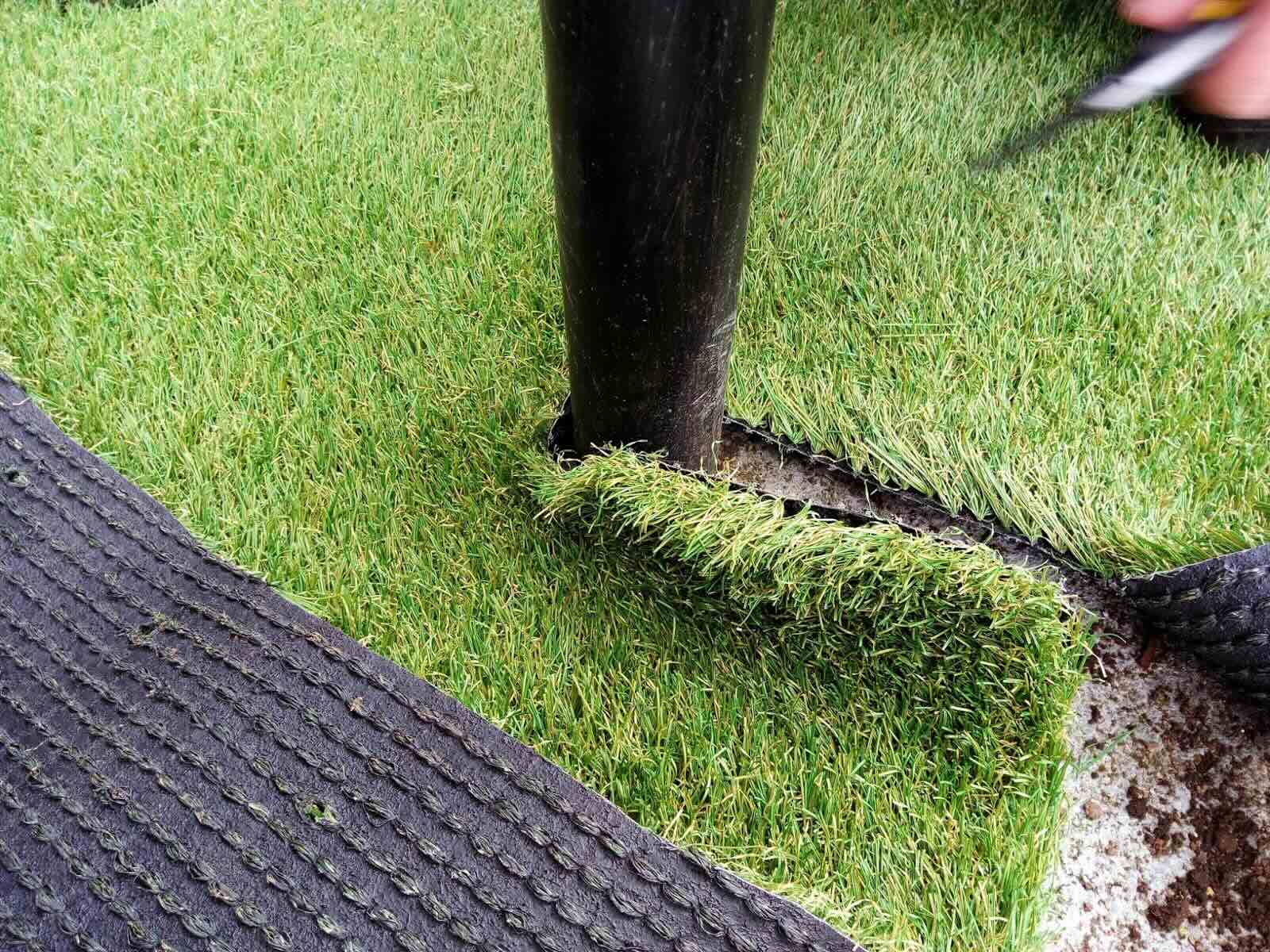

Landscaping Ideas
How To Stretch Artificial Grass
Modified: March 2, 2024
Learn how to stretch artificial grass in your landscaping project with our expert tips and ideas. Create a beautiful and durable outdoor space with our landscaping ideas.
(Many of the links in this article redirect to a specific reviewed product. Your purchase of these products through affiliate links helps to generate commission for Storables.com, at no extra cost. Learn more)
Introduction
Welcome to the world of artificial grass, where lush green lawns can be enjoyed without the hassle of mowing, watering, or fertilizing. Whether you’re a landscaping enthusiast or a homeowner looking to revamp your outdoor space, understanding how to stretch artificial grass is essential for achieving a professional and polished look. In this comprehensive guide, we’ll delve into the intricacies of stretching artificial grass, from the initial preparations to the final securing of the edges. By the end of this article, you’ll be equipped with the knowledge and confidence to transform your outdoor area into a low-maintenance, visually stunning oasis.
Key Takeaways:
- Transform your outdoor space with artificial grass for a low-maintenance, visually stunning oasis. Prepare the area meticulously, stretch the turf with precision, and secure the edges for a flawless and enduring installation.
- Artificial grass offers a vibrant, resilient, and versatile landscaping solution. With attention to detail and patience, you can create a welcoming environment for relaxation, recreation, and social gatherings that lasts for years to come.
Read more: How To Stretch A Carpet
Understanding Artificial Grass
Artificial grass, also known as synthetic turf, is a versatile and durable alternative to natural grass. It is constructed from synthetic fibers designed to mimic the appearance and texture of real grass, providing a lush and vibrant surface year-round. This low-maintenance landscaping solution has gained popularity for its ability to withstand various weather conditions, high foot traffic, and the absence of watering and mowing requirements.
When selecting artificial grass, consider factors such as pile height, blade shape, and color variations to achieve a natural and aesthetically pleasing look. Additionally, ensure that the artificial grass is UV-stabilized to prevent fading and is permeable to allow for proper drainage.
Understanding the intricacies of artificial grass is crucial for successful installation and maintenance. By familiarizing yourself with the characteristics and features of artificial grass, you can make informed decisions when preparing, stretching, and securing the turf in your outdoor space.
Preparing the Area
Before embarking on the process of stretching artificial grass, thorough preparation of the designated area is essential to ensure a seamless and long-lasting installation. Here are the key steps to prepare the area for artificial grass:
- Clearing the Surface: Begin by removing any existing grass, weeds, rocks, or debris from the area where the artificial grass will be installed. This process provides a clean and level foundation for the turf.
- Adding a Base Layer: After clearing the surface, it’s crucial to add a base layer of crushed rock or decomposed granite to promote proper drainage and prevent the growth of weeds beneath the artificial grass. Compact the base layer to create a stable and even surface.
- Installing Edging: To maintain the shape and structure of the artificial grass area, install edging materials such as bender board or treated lumber around the perimeter. This will prevent the turf from shifting and ensure a defined boundary for the installation.
- Applying Geotextile Fabric: Lay geotextile fabric over the prepared base layer to inhibit weed growth and enhance the overall stability of the artificial grass installation. This permeable fabric allows for efficient drainage while preventing the underlying materials from mixing with the soil.
By meticulously preparing the area for artificial grass, you establish a solid foundation for the subsequent steps of stretching and securing the turf. Attention to detail during the preparation phase contributes to the longevity and professional finish of the artificial grass installation.
When stretching artificial grass, make sure to use a power broom or stiff brush to fluff up the fibers and remove any wrinkles. This will help the grass lay flat and look more natural.
Stretching the Artificial Grass
Once the area is meticulously prepared, the process of stretching the artificial grass can commence. This pivotal step requires precision and attention to detail to ensure a smooth and wrinkle-free installation. Here’s a comprehensive guide to effectively stretching artificial grass:
- Unrolling the Turf: Carefully unroll the artificial grass across the prepared area, ensuring that the grain of the blades faces the desired direction for optimal aesthetics. Allow the turf to acclimate to the environment for a brief period to minimize resistance during stretching.
- Trimming Excess Material: If the artificial grass extends beyond the designated area, use a sharp utility knife to trim the edges, ensuring a precise fit against the installed edging materials.
- Securing the Corners: Begin by securing the corners of the artificial grass using galvanized nails or turf staples, ensuring that the turf remains taut and aligned with the edges of the installation area.
- Utilizing a Power Broom: Employ a power broom or stiff-bristled brush to gently brush the turf fibers against the grain, promoting an upright and natural appearance while facilitating the stretching process.
- Gradual Tension Application: Apply gradual tension to the artificial grass, working from one end to the other, to eliminate wrinkles and undulations. Exercise caution to prevent overstretching, which can lead to an uneven and distorted installation.
By meticulously following these steps and exercising patience throughout the stretching process, you can achieve a flawlessly stretched artificial grass surface that enhances the visual appeal of your outdoor space. Attention to detail and precision are paramount to ensuring a professional and enduring installation.
Securing the Edges
Securing the edges of the artificial grass is the final crucial step in the installation process, ensuring stability and longevity. Properly securing the turf prevents shifting and maintains a seamless and polished appearance. Here’s a detailed overview of how to effectively secure the edges of artificial grass:
- Applying Adhesive: Utilize a high-quality adhesive specifically designed for artificial grass installations to secure the edges and seams. Apply the adhesive along the perimeter and any seams, following the manufacturer’s guidelines for optimal adhesion.
- Seaming Tape and Glue: For larger installations or areas requiring multiple turf sections, use seaming tape and adhesive designed for artificial grass to create durable and inconspicuous seams. This process ensures a cohesive and unified appearance across the entire surface.
- Nailing the Edges: In addition to adhesive, reinforce the edges of the artificial grass by driving galvanized nails or turf staples into the edging materials at regular intervals. This further secures the turf and prevents shifting over time.
- Trimming and Finishing: Trim any excess turf along the edges, ensuring a clean and uniform appearance. Tuck the edges firmly against the installed edging materials to create a seamless transition and prevent tripping hazards or unsightly gaps.
- Brushing and Final Inspection: Utilize a power broom or stiff-bristled brush to groom the edges and ensure that the turf fibers are uniformly aligned. Conduct a thorough inspection to confirm that the edges are securely fastened and that the overall installation meets your expectations.
By meticulously securing the edges of the artificial grass and adhering to industry best practices, you can achieve a professional and enduring installation that enhances the visual appeal and functionality of your outdoor space. Attention to detail and precision during the securing process are essential for long-term satisfaction with the artificial grass installation.
Read more: How To Stretch Wire Fence
Conclusion
Mastering the art of stretching artificial grass is a transformative journey that culminates in a vibrant, low-maintenance outdoor space. By understanding the nuances of artificial grass, meticulously preparing the installation area, and executing precise stretching and securing techniques, you can achieve a flawless and enduring result. The lush green expanse of artificial grass not only elevates the aesthetic appeal of your outdoor area but also minimizes the time and effort required for maintenance, allowing you to fully enjoy your landscape without the constraints of traditional lawn care.
As you embark on your artificial grass installation journey, remember that attention to detail and patience are key virtues. Each step, from preparing the area to securing the edges, contributes to the overall quality and longevity of the installation. Embrace the process as an opportunity to enhance your outdoor space and create a welcoming environment for relaxation, recreation, and social gatherings.
Whether you’re revamping a residential lawn, designing a commercial landscape, or creating a pet-friendly play area, the versatility and resilience of artificial grass make it a compelling choice for a wide range of applications. With proper stretching and securing techniques, you can relish the benefits of a vibrant and enduring artificial grass installation for years to come.
So, roll out the turf, apply meticulous care, and revel in the transformation as your outdoor space blossoms into a verdant haven with the installation of flawlessly stretched artificial grass.
Frequently Asked Questions about How To Stretch Artificial Grass
Was this page helpful?
At Storables.com, we guarantee accurate and reliable information. Our content, validated by Expert Board Contributors, is crafted following stringent Editorial Policies. We're committed to providing you with well-researched, expert-backed insights for all your informational needs.
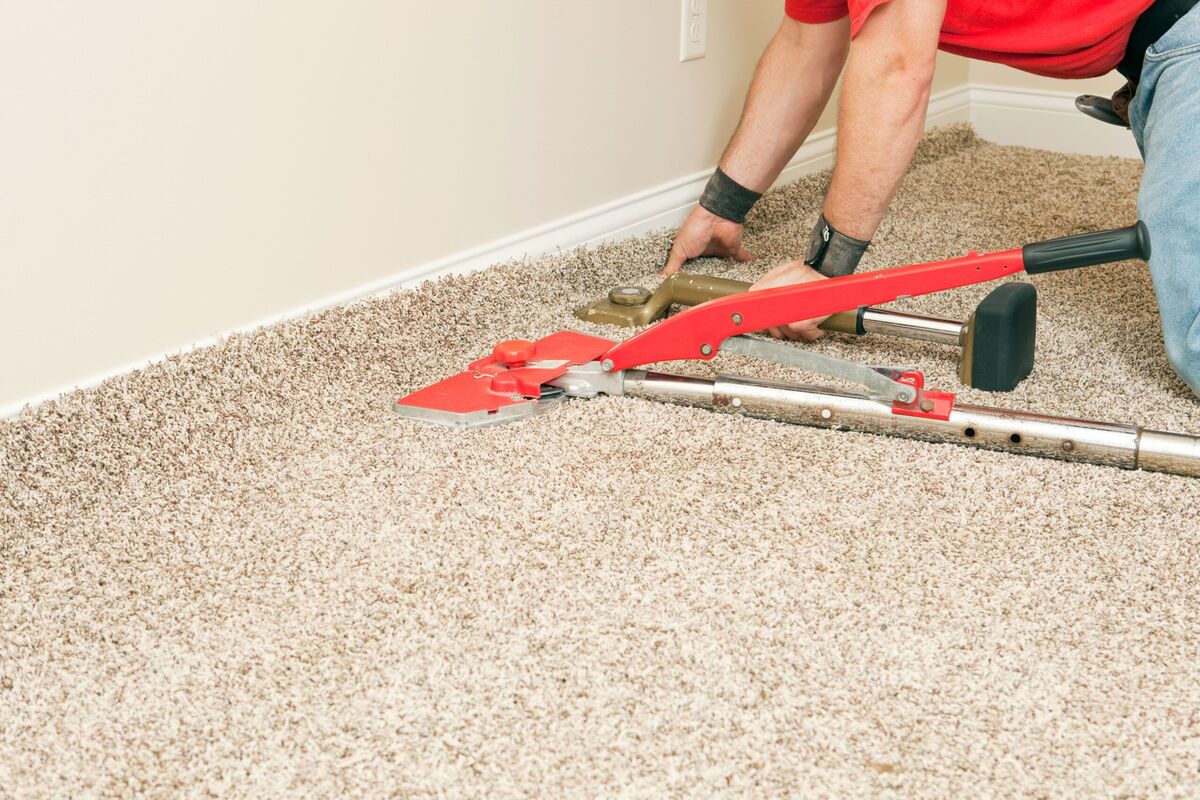
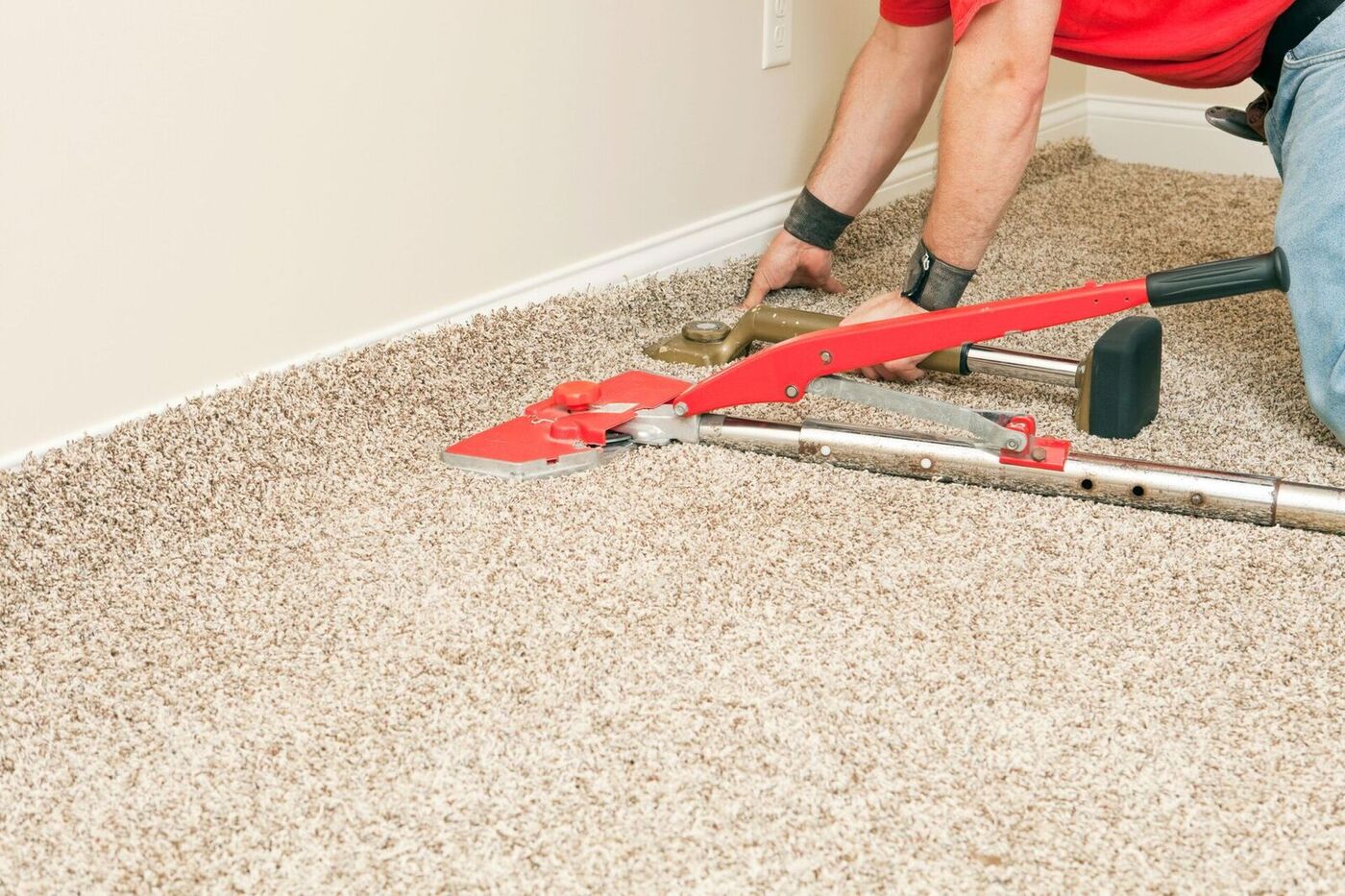
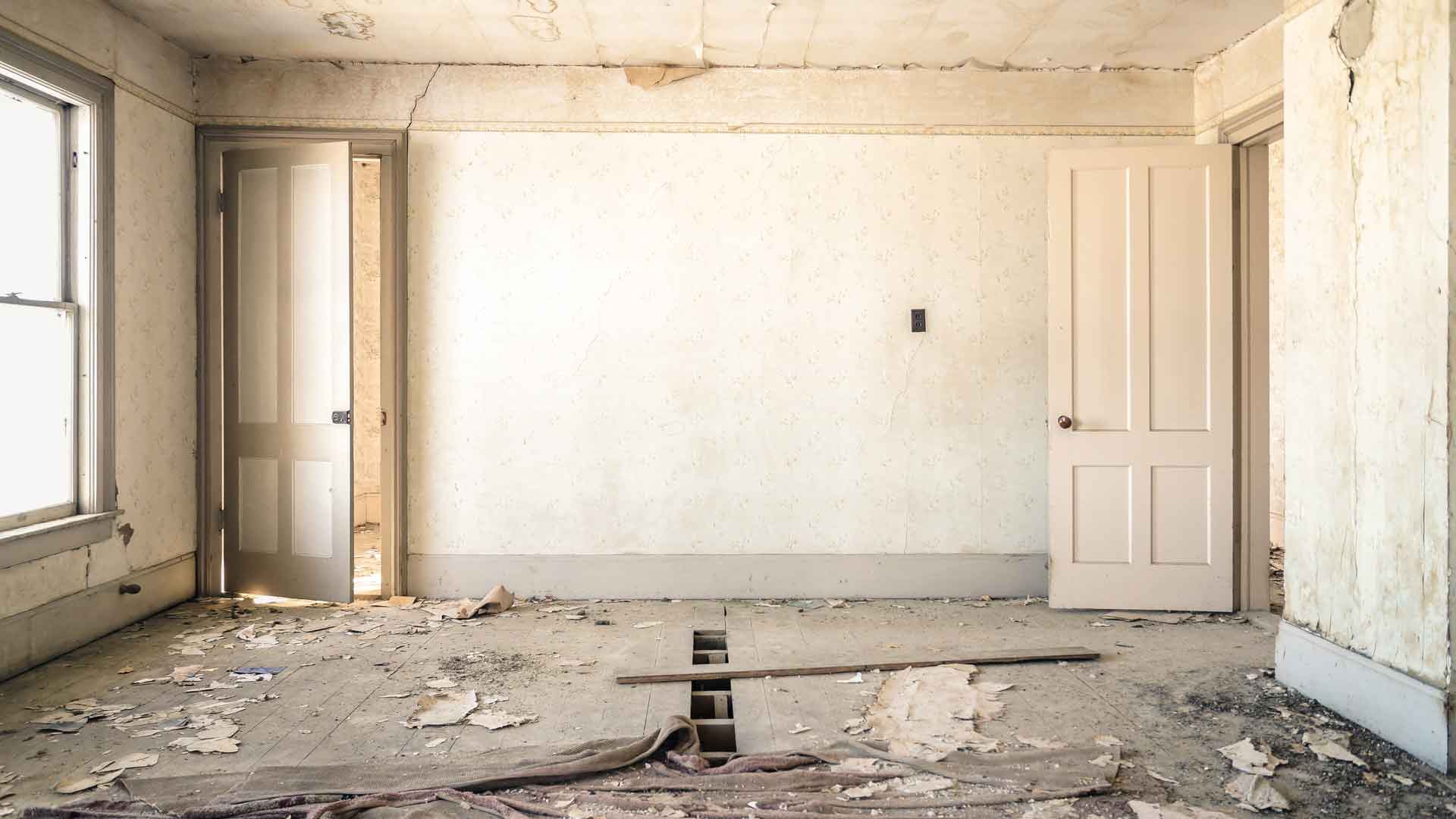

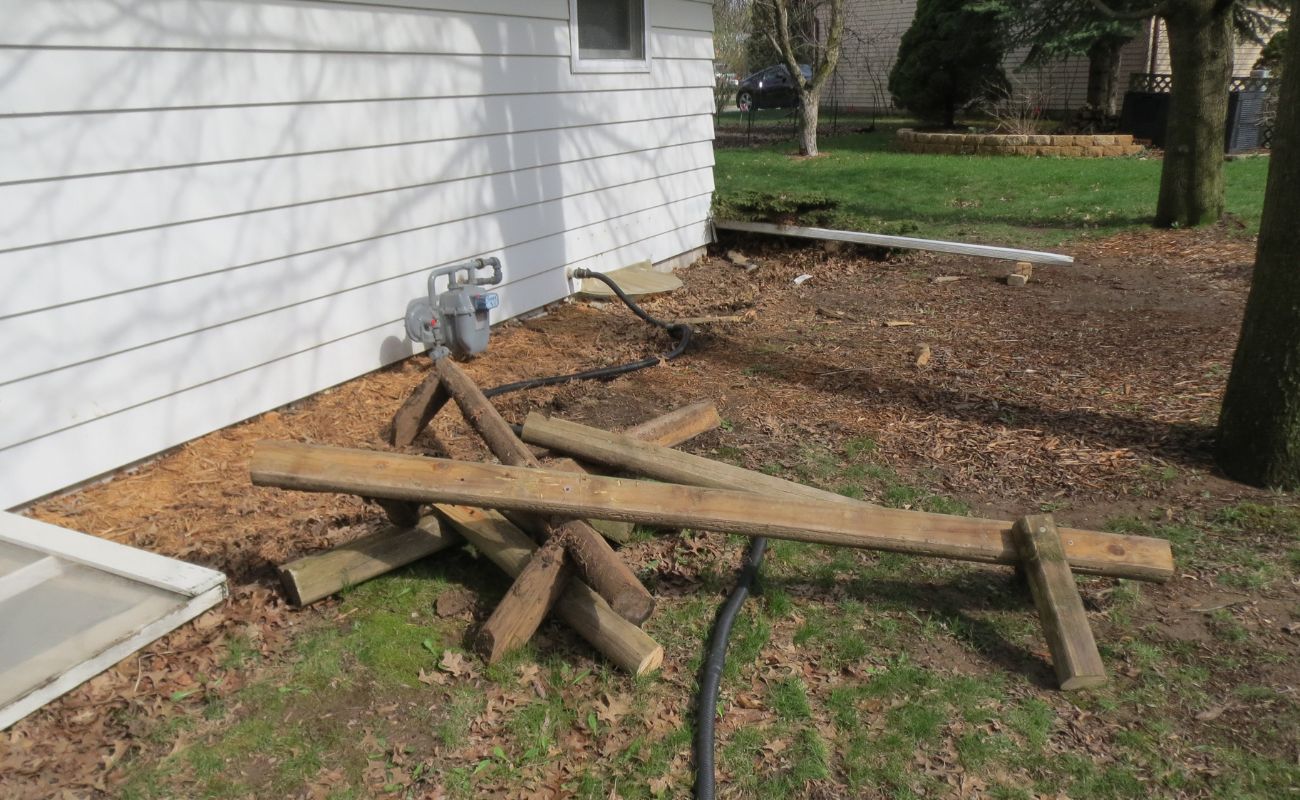
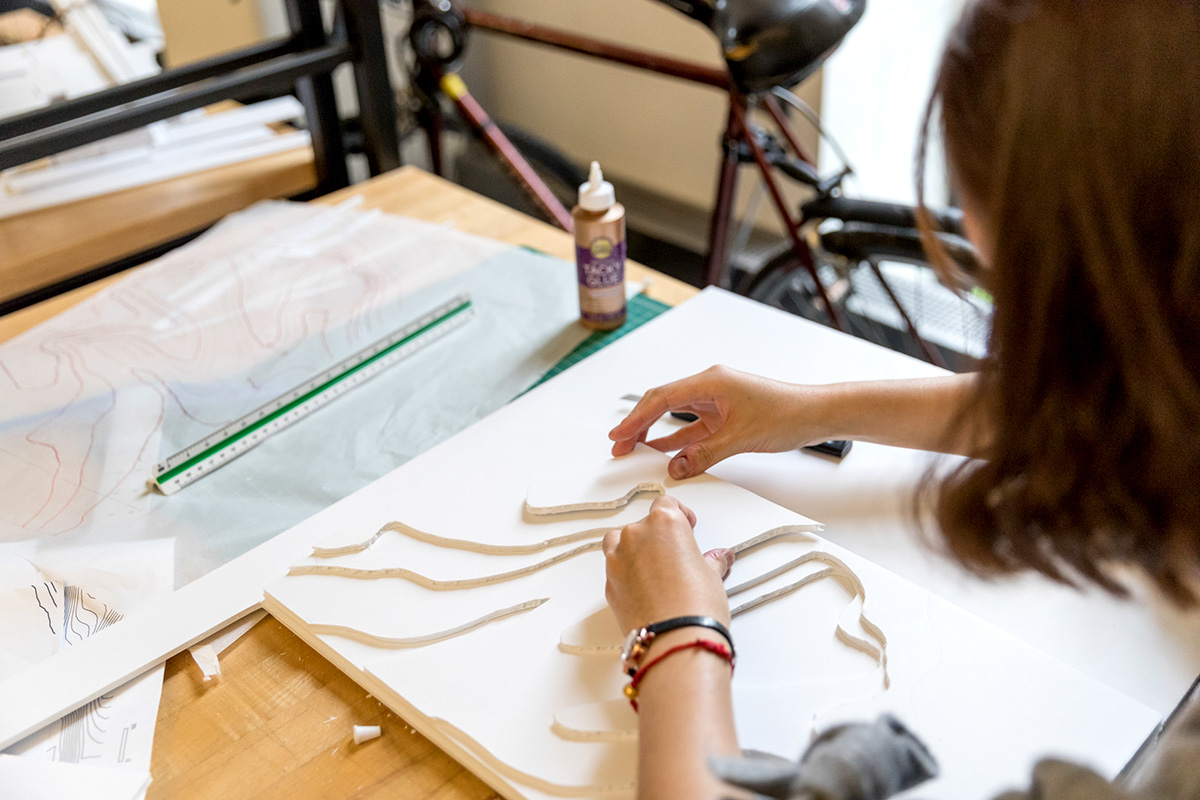
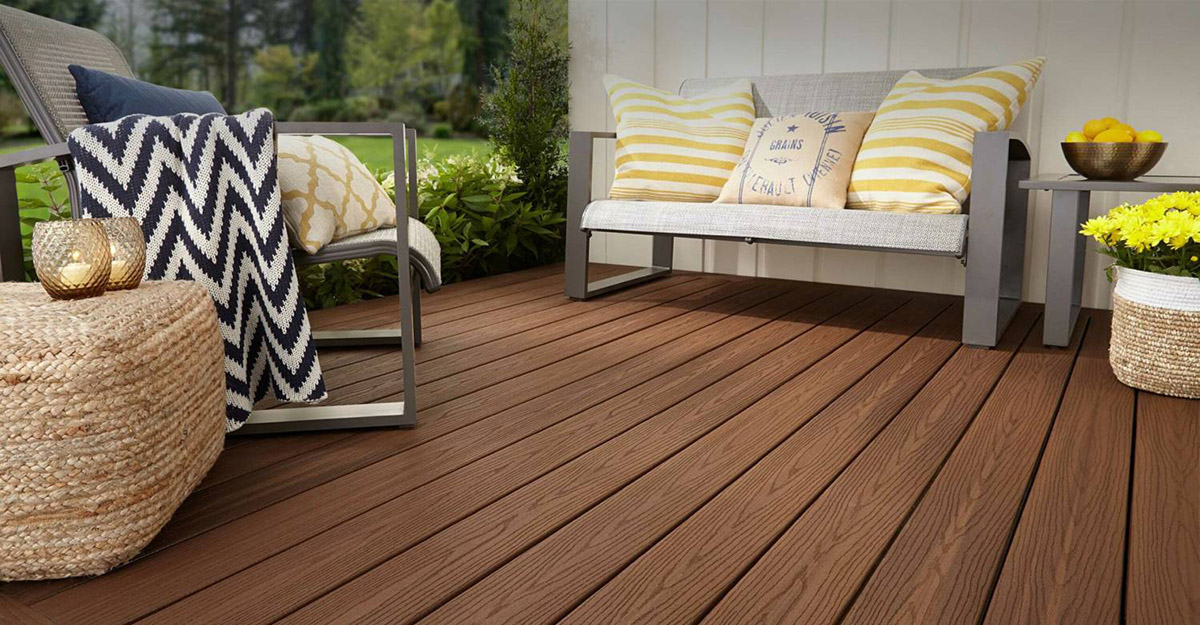

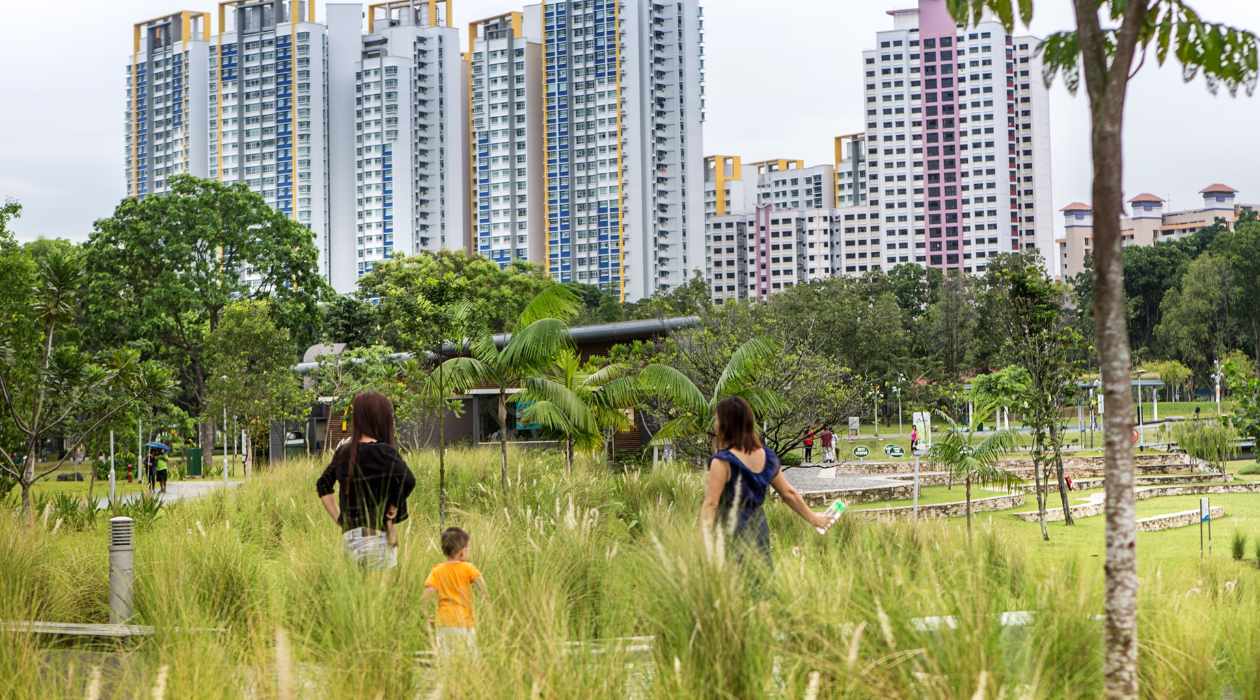
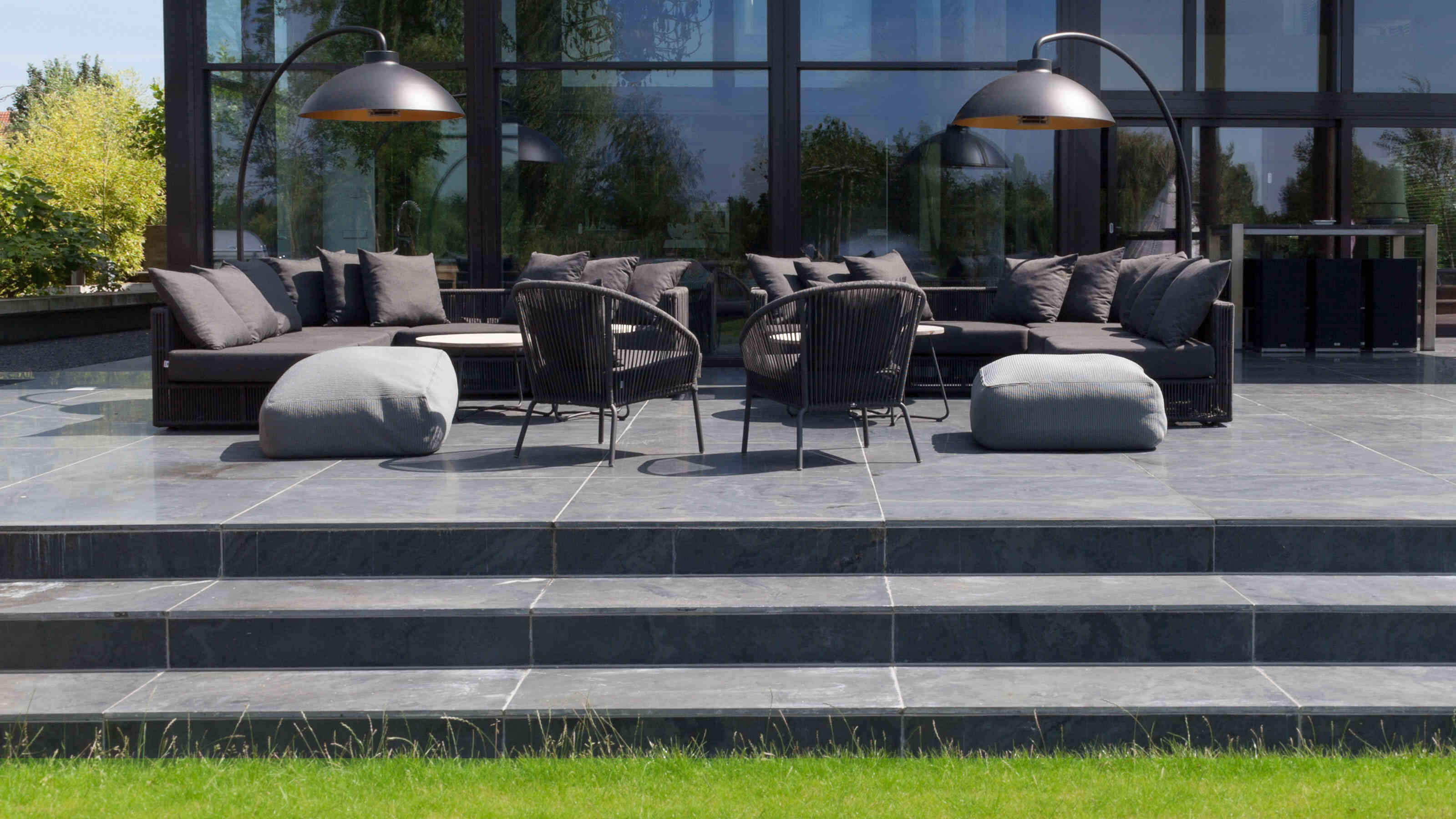
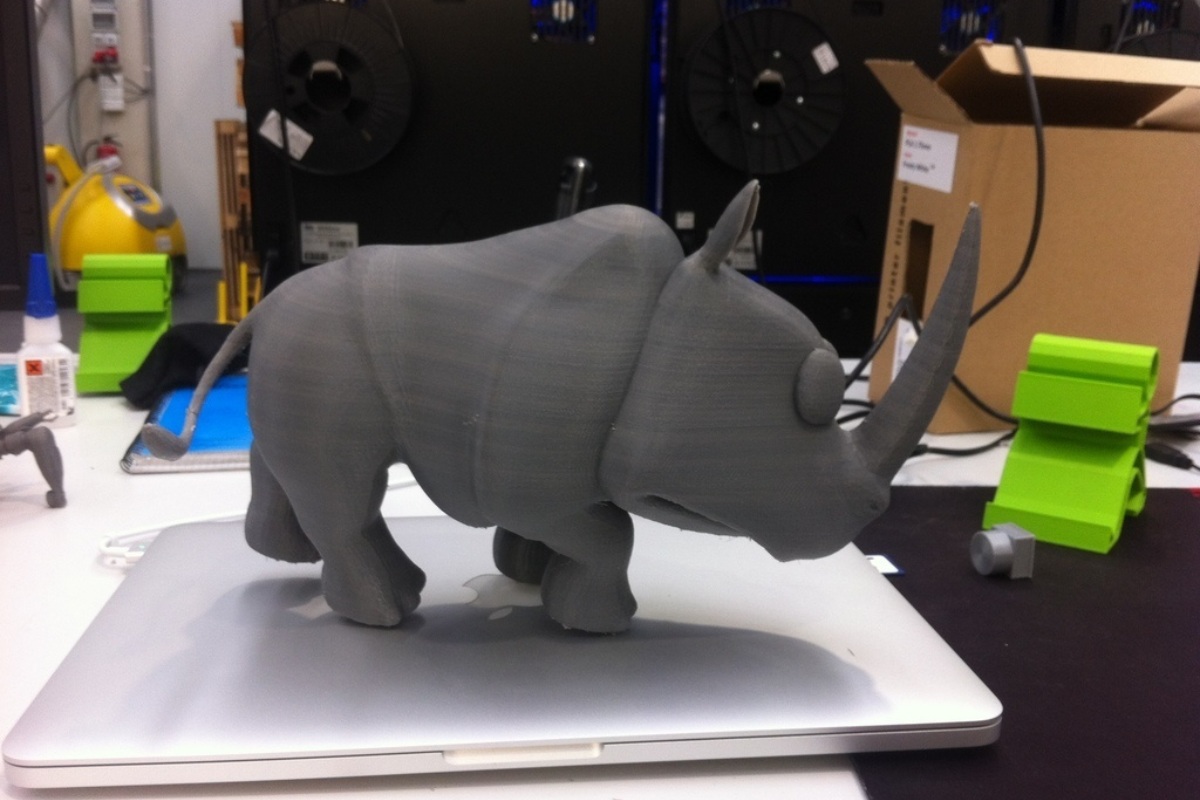
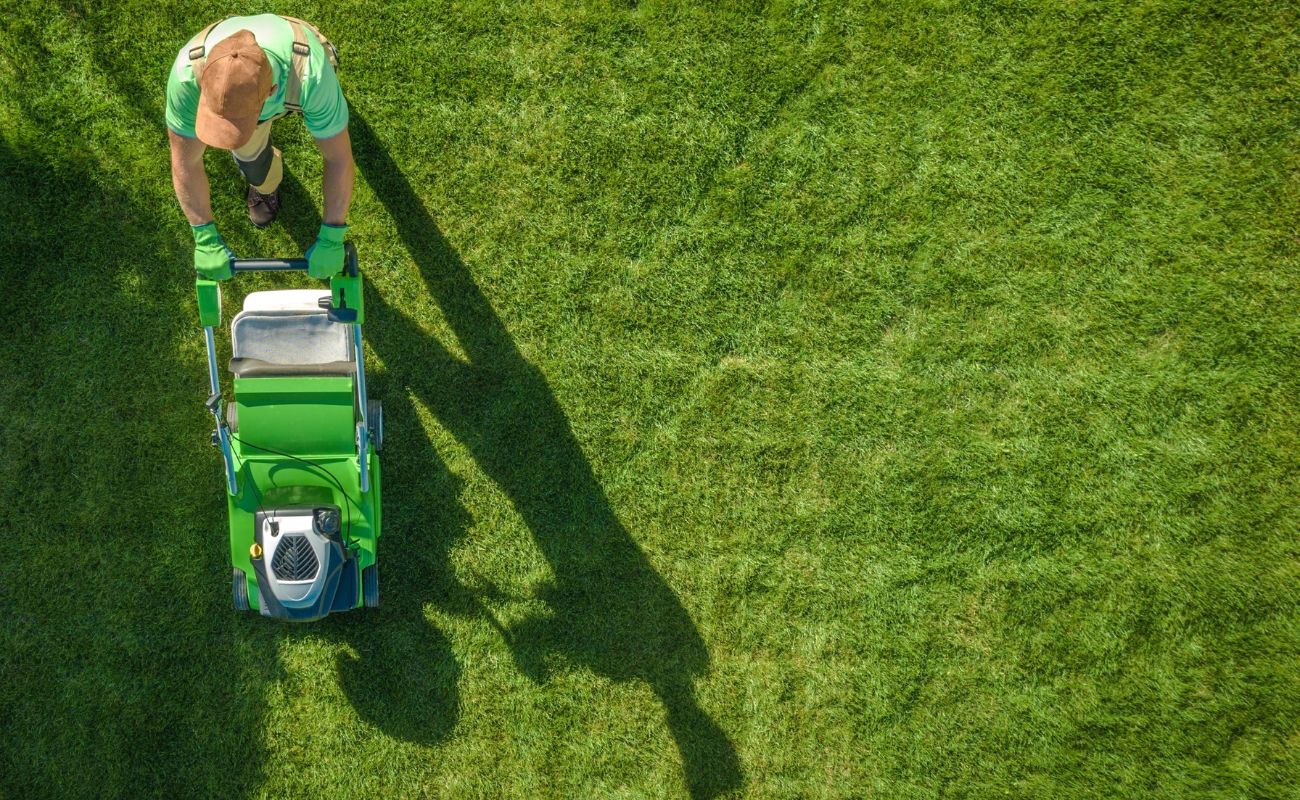
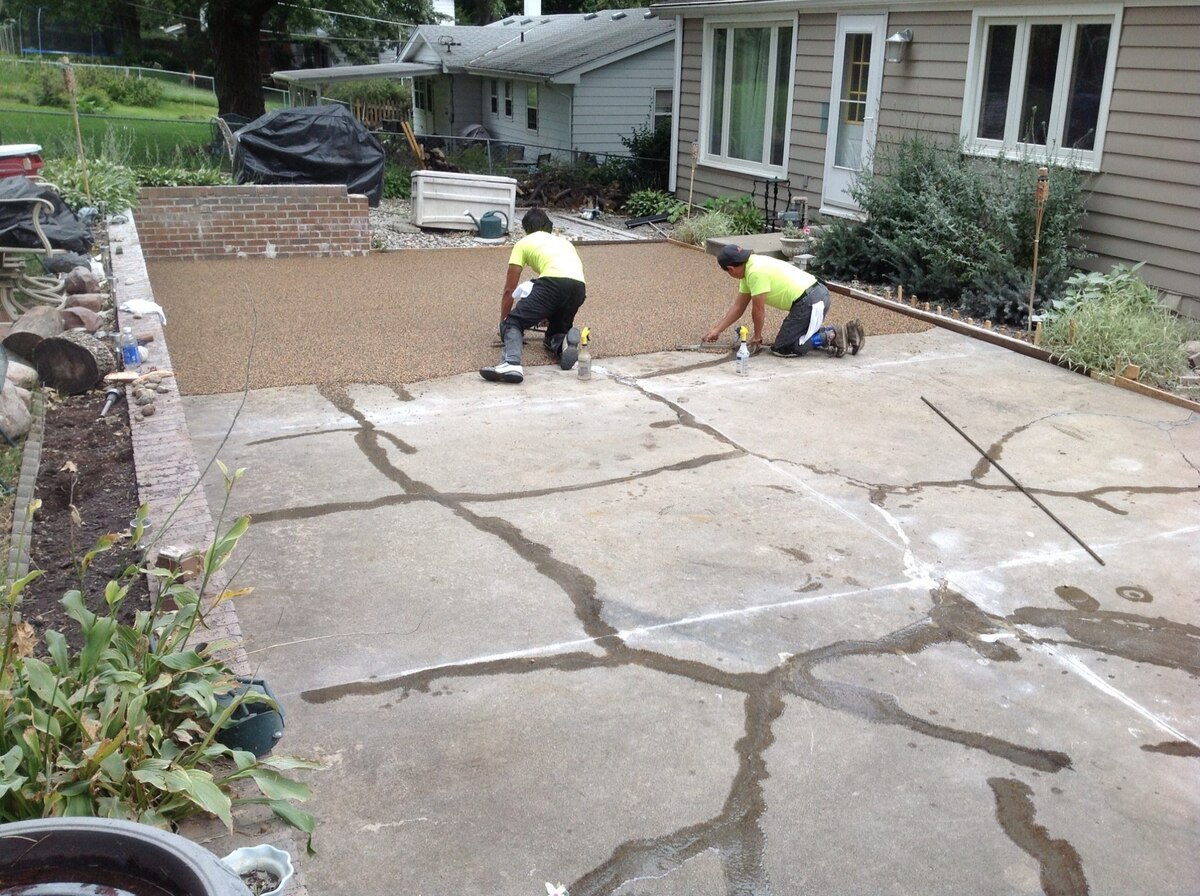


0 thoughts on “How To Stretch Artificial Grass”